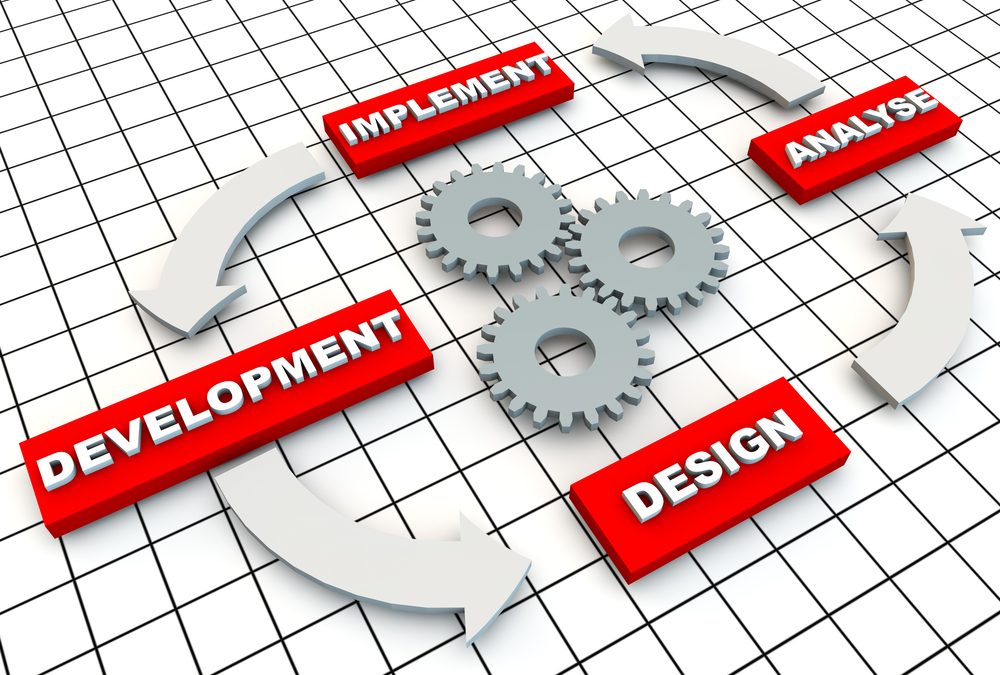As technology continues to grow and evolve, software development truly is one of the fastest advancing industries. With so many softwares being developed everyday, you may be surprised to learn that almost every one of them was created with the same development process. The Software Development Life Cycle (SDLC) is a collection of practices and rules that almost every developer has used and you can use to as well to bring your (or a client’s) software ideas to life.
Software Development Process
Preparation and Planning
No matter the project, the only way to bring an idea from within your mind and imagination to a fully functional final piece in the real world is to prepare. With software development, preparation is even more crucial since forgetting a detail or making small mistakes can add hours of work to a project.
In these more rough and simple early planning stages, it is necessary to narrow down everything necessary for the project – from the timeline, costs, resources and other basic requirements.
Narrow Down and Analyze the Requirements and Feasibility
Stage 2 is essentially a more in depth, detailed version of Step 1. This is the stage where you get into the nitty gritty of what is required for your project. Everyone who will be involved in the project needs to have a full understanding of the project and every potential risk needs to be accounted for so everybody will know how to handle issues when they arise.
From this detailed planning stage, you should be able to run a feasibility analysis which will essentially determine whether this project is truly feasible with the resources you have at hand.
Designing
Once you have assembled everything that will be required to create your project and
you have assessed the potential risks, it is time to finally start designing your project. Just like an architect creating a mockup, you want to start the designing process off with a rough draft of your project.
This mockup will serve as a tangible model of your project to show clients and your team to see if everyone is on the same page. Designing a mockup with your software designer will also allow you to catch any other problems before you go into the laborious coding and development process.
Developing and Coding
While the first three stages in the software development process are really meant for planning and preparation, stage four is where you work with your software developer to truly begin developing your software.
This stage may be the longest one, but it is the stage where all of your planning finally gets put to the test and your project will be brought alive. Generally, with software developing, your project will go through a few stages, the pre alpha, alpha, beta and “finished” (release candidate) phase.
Quality Testing and Double Checking
Even with intensive planning and preparation, there usually will be some issues with your program that need to be fixed before deployment. Before this stage your finished product really isn’t final until it goes through the QA (quality assurance) tests. QA tests should reveal any and all bugs and issues that will need to be addressed and fixed before deployment.
Deployment
Once your software has been developed, double checked and any revealed issues have been addressed it will finally be ready to be deployed. Your steps for deployment should have been established during the planning stage since the complexity of the project will really play a part in how it will have to be deployed. Deployment nowadays is usually automatic, whether it is deployed all at once or in stages, to prevent human error.
Maintenance
While your software may be deployed and perhaps in the hands of the public, the work for a software developer will never truly end. The initial maintenance stage extends to collecting initial feedback and modifying the program as necessary.
Though the QA stage will reveal some bugs, the only real way to reveal issues in your program is to put it in the hands of those who will be using it. From the feedback provided from users, you can continue to modify the software to meet user requirements, resolve bugs and upgrade as technology evolves.
Related Content >> Software Development: Where to Start
Conclusion
Creating a software is a huge task which can sometimes feel overwhelming if you don’t know how to start. This is where software companies in Orlando like us come in. Over the years, we have continued to refine our system so your software development process can be a little less complicated.

